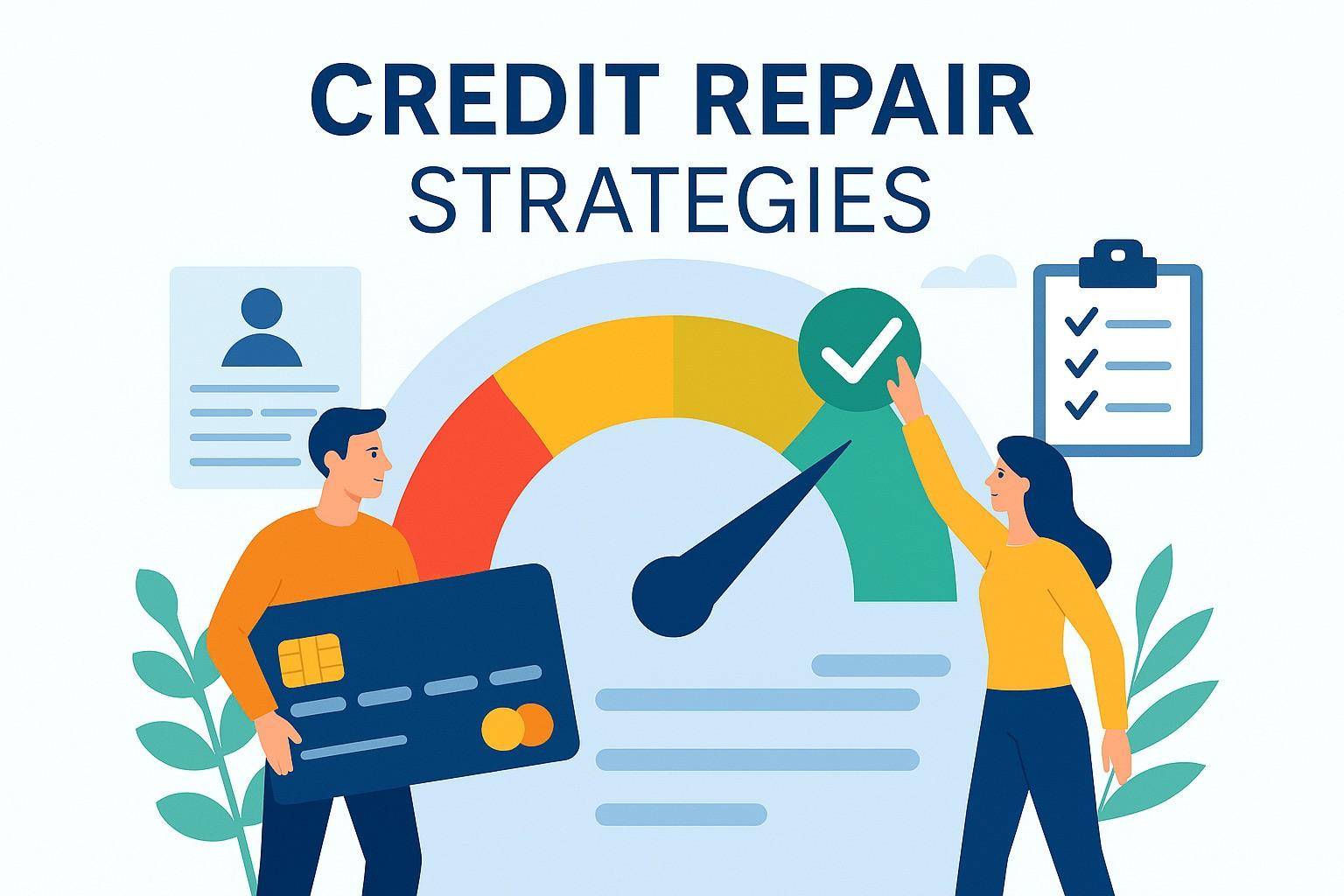A good credit score is one of the most powerful financial tools you can have. It affects your ability to borrow money, the interest rates you pay, and even whether you can qualify for housing or certain jobs. Unfortunately, many people struggle with poor or average credit due to missed payments, high debt balances, or errors on their reports.
The good news is that you don’t have to stay stuck with bad credit. With the right strategies, you can repair your credit score quickly and effectively, giving yourself access to better financial opportunities.
Why Credit Score Matters
Your credit score is essentially your financial reputation. Lenders, landlords, and even employers use it to measure how responsible you are with money. The higher your score, the more trustworthy you appear. A strong score can lead to:
Lower interest rates on loans and credit cards.
Higher chances of approval for mortgages and car loans.
Better rental opportunities.
Improved insurance premiums in some cases.
A low score, on the other hand, can make borrowing expensive or nearly impossible.
Step 1: Check Your Credit Report for Errors
One of the fastest ways to improve your score is by fixing mistakes on your credit report. Studies show that many reports contain errors such as incorrect late payments, accounts that don’t belong to you, or wrong balances.
You’re entitled to a free copy of your credit report every year from the major bureaus—Equifax, Experian, and TransUnion. Review it carefully and dispute any inaccuracies. Once corrected, your score could jump significantly in a short time.
Step 2: Pay Down High Credit Card Balances
Your credit utilization ratio—the amount of credit you’re using compared to your total limit—plays a major role in your score. Ideally, you should keep it below 30%, and under 10% if you want the best results.
For example, if your card limit is $10,000 and your balance is $8,000, your utilization is 80%, which harms your score. Paying that down to $2,000 or less can give your credit a rapid boost.
Step 3: Make Payments on Time
Payment history accounts for around 35% of your score, making it the single most important factor. Even one missed payment can drag your score down. Setting up automatic payments or reminders can ensure you never miss a due date again.
If you already have late payments, focus on building a consistent track record of on-time payments moving forward—over time, this will improve your score.
Step 4: Avoid Closing Old Accounts
It might seem like a good idea to close unused credit cards, but this can actually hurt your score. Old accounts contribute to the length of your credit history, which makes up about 15% of your score. Instead of closing them, keep them open with minimal activity to maintain a strong history.
Step 5: Add Positive Credit History
If your credit file is thin, consider adding positive history by becoming an authorized user on a family member’s well-managed credit card. Their responsible usage can help lift your score. Alternatively, look into secured credit cards or credit-builder loans to establish a positive track record.
Step 6: Diversify Your Credit Mix
Lenders like to see that you can handle different types of credit responsibly. A mix of revolving credit (like credit cards) and installment loans (like personal or auto loans) can slightly improve your score over time. Don’t open accounts you don’t need, but if you’re missing variety, it could help.
Step 7: Limit Hard Inquiries
Every time you apply for new credit, a hard inquiry appears on your report, which can lower your score temporarily. Too many inquiries in a short period can signal risk to lenders. Be selective about when and where you apply.
Step 8: Negotiate with Creditors
If you’ve missed payments or have accounts in collections, negotiating with creditors can help. Sometimes they’ll agree to a “pay-for-delete” arrangement, where they remove negative marks from your report in exchange for payment. Even if they don’t, paying off collections can still improve your overall financial standing.
Step 9: Consider Professional Help
For complex situations, a reputable credit repair company or credit counseling agency can guide you. They can dispute errors, negotiate with creditors, and provide strategies tailored to your case. Be cautious, though—avoid scams and only work with accredited organizations.
Step 10: Be Patient and Persistent
Repairing credit isn’t always instant. While some changes—like correcting errors or paying down balances—can show results quickly, other improvements take time. Consistency is key. The more you demonstrate responsible credit behavior, the higher your score will climb.
Real-Life Example
John had a credit score of 560 due to high card balances and two missed payments. After paying down half of his credit card debt, disputing an error on his report, and setting up auto-pay for his bills, his score rose to 640 within six months. A year later, with consistent payments and lower utilization, he reached 720—enough to qualify for a low-interest mortgage.
Final Thoughts
A poor credit score doesn’t have to define your financial future. By checking your reports for errors, lowering balances, making consistent payments, and using smart strategies, you can significantly improve your score.
The key is to stay disciplined and patient. Over time, your credit will not only recover but can become one of your greatest financial assets, opening doors to lower costs and greater opportunities.

